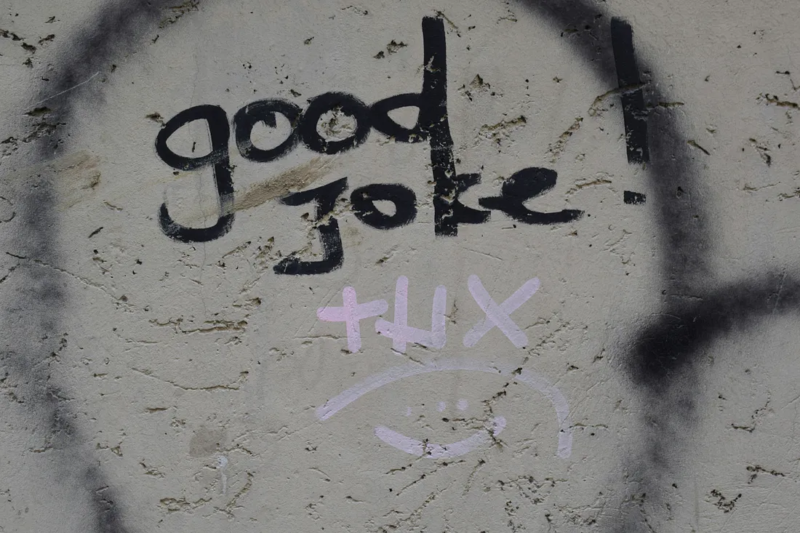Marriage and fertility rates have been declining across the globe for decades. Economists, sociologists, and policymakers often cite financial pressures, urbanization, and shifting gender roles as primary causes. But there’s another, subtler factor at play: social media is changing the way people discover their “true type.”
1. Social Media Expands Choice
Platforms like Instagram, TikTok, and dating apps allow people to see an endless array of potential partners:Users are exposed to different lifestyles, personalities, and appearances they may not encounter in real life.This abundance of options can make people pickier, delaying commitment or marriage.People may realize their “type” doesn’t align with local dating pools, creating frustration or indecision.The more options people see, the more they compare and evaluate, often lowering satisfaction with available choices.
2. It Exposes Realistic Preferences
Before social media, many people relied on limited social circles—family, school, and local communities—to meet partners. This often led to marriages of convenience or compromise.
Now, people can explore:
Physical preferences
Personality traits
Lifestyle habits and ambitions
This visibility allows individuals to discover what truly excites or satisfies them, but it also raises the bar for long-term commitment, contributing to delayed marriage and lower fertility rates.
3. The Paradox of Choice
Psychologists call this the “paradox of choice”:Too many options can cause indecision.People may fear settling, thinking a “better match” exists online.
Even when a partner is available, constant comparison can erode commitment or satisfaction.
In essence, social media makes it easy to see the world of possibilities—but harder to choose and invest in one person.
4. Social Media and Lifestyle Signals
Beyond physical or personality preferences, social media exposes users to:Travel, career, and lifestyle aspirations
Peer relationships and social validation
Family planning choices and fertility norms
These insights shape expectations, often raising standards for partners and life goals, which can reduce the likelihood of marriage or children at younger ages.
5. Implications for Society
The consequence is a slower rate of traditional family formation:Marriage is increasingly delayed until late twenties or thirties.Fertility rates decline as biological limits collide with extended partner search.People may prioritize personal growth, travel, or career over early family formation.While social media provides clarity on personal preferences, it also introduces friction into traditional relationships.
Part of the reason marriage and fertility rates are dropping isn’t just economics or shifting culture—it’s information. Social media lets people see their true desires and preferences, often in ways that were impossible for previous generations.The lesson is twofold:
1. Social media offers unprecedented clarity about what you want in a partner.
2. But clarity comes with a cost: commitment may be delayed, and traditional family formation may decline.In the age of infinite options, knowing your true type is valuable—but it also makes settling down a more deliberate—and sometimes slower—decision.
